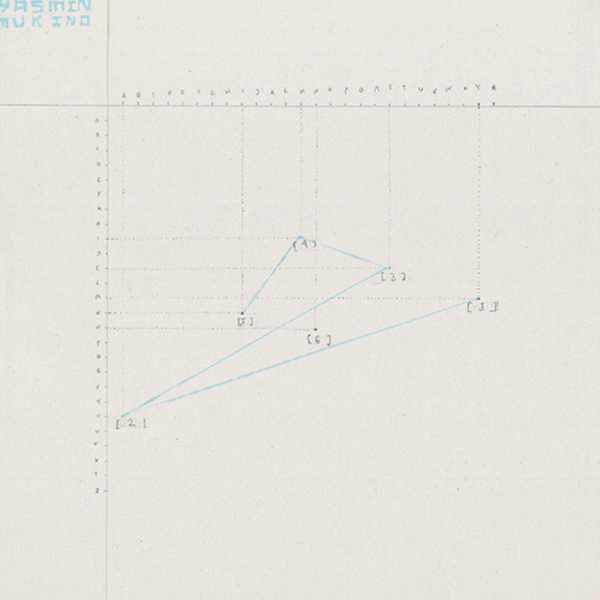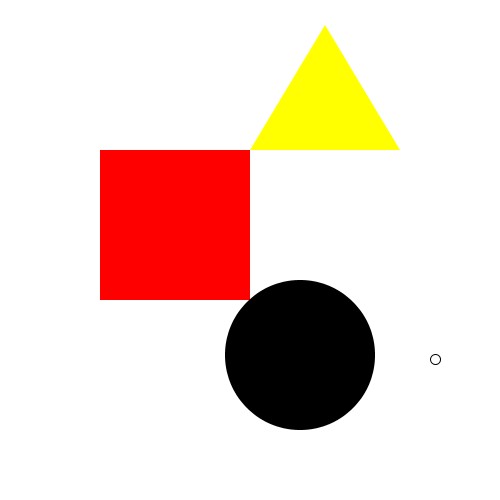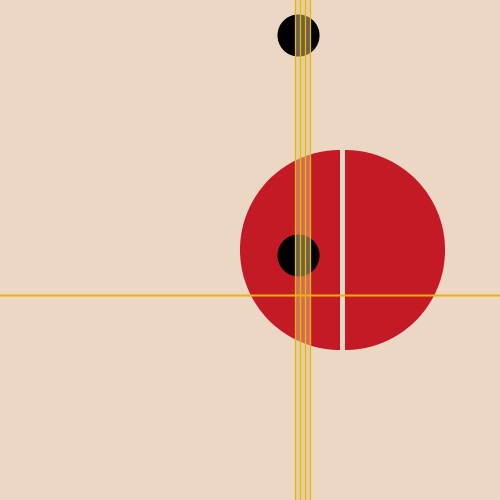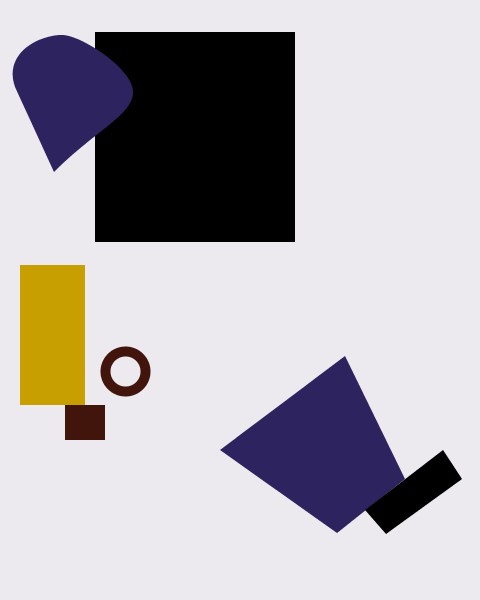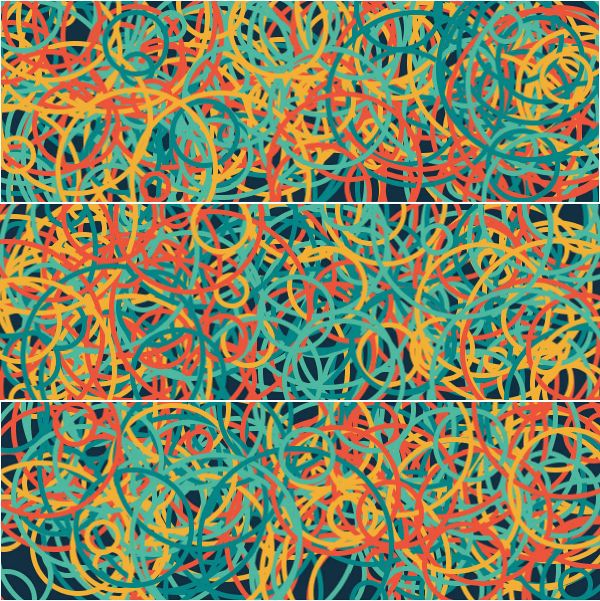Algorithm for Humans 1 — 19.10.18 / Week 2
| Result | Algorithm |
|---|---|
Homework from Week 1 / Introduction Superimposed results of the Introductory Algorithm. By executing the algorithm, each participant of the class created a unique personal sign, based on their own name.Introductory Algorithm Description, scan, photo, text or file of the algorithm here. Please also include possible references or inspirations with links if you can. |
Algorithm for Computers 1 — 19.10.18 / Week 2
| Result | Algorithm |
|---|---|
In-Class Practice 2.1 | |
In-Class Practice 2.2 | |
In-Class Practice 2.3 | |
Homework 2.1 |
Algorithm for Computers 2 — 26.10.18 / Week 3
In-Class Practice 3.1 | |
In-Class Practice 3.2 | |
Home Practice 3.1 | |
Home Practice 3.2 | |
Home Practice 3.3 | |
Home Practice 3.4 | |
Home Practice 3.5 |
